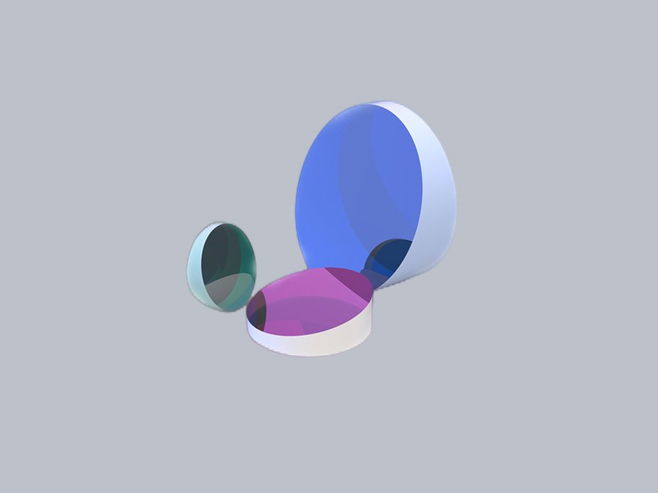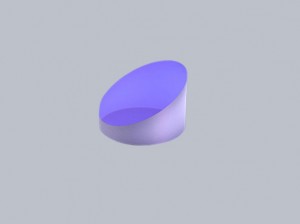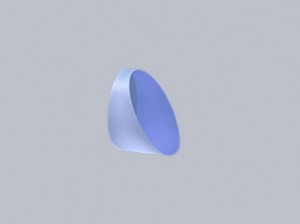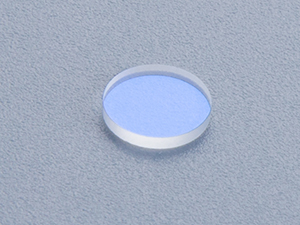Precision Wedge Windows(Wedge Prism)
Product Description
A wedge window or a wedge prism is a type of optical component used in various applications such as beam splitting, imaging, spectroscopy, and laser systems. These components are made from a block of glass or other transparent material with a wedge shape, which means that one end of the component is thickest while the other is thinnest. This creates a prismatic effect, where the component is able to bend or split light in a controlled manner. One of the most common applications of wedge windows or prisms is in beam splitting. When a beam of light passes through a wedge prism, it is split into two separate beams, one reflected and one transmitted.The angle at which the beams are split can be controlled by adjusting the angle of the prism or by changing the refractive index of the material used to make the prism. This makes wedge prisms useful in a wide range of applications, such as in laser systems where precise beam splitting is required. Another application of wedge prisms is in imaging and magnification. By placing a wedge prism in front of a lens or microscope objective, the angle of the light entering the lens can be adjusted, leading to a variation in the magnification and depth of field. This allows for greater flexibility in imaging different types of samples, especially those with challenging optical properties. Wedge windows or prisms are also used in spectroscopy to separate light into its component wavelengths. This technique, known as spectrometry, is used in a wide range of applications such as chemical analysis,astronomy, and remote sensing. Wedge windows or prisms can be made of different types of materials such as glass, quartz, or plastic, each suitable for specific applications. They can also be coated with different types of coatings to enhance their performance. Anti-reflective coatings are used to reduce unwanted reflections, while polarizing coatings can be used to control the orientation of the light. In conclusion, wedge windows or prisms are important optical components that find use in various applications such as beam splitting, imaging, spectroscopy, and laser systems. Their unique shape and prismatic effect allow for precise control of light, making them an essential tool for optical engineers and scientists.
Specifications
| Substrate | CDGM / SCHOTT |
| Dimensional Tolerance | -0.1mm |
| Thickness Tolerance | ±0.05mm |
| Surface Flatness | 1(0.5)@632.8nm |
| Surface Quality | 40/20 |
| Edges | Ground , 0.3mm max. Full width bevel |
| Clear Aperture | 90% |
| Coating | Rabs<0.5%@Design Wavelength |










